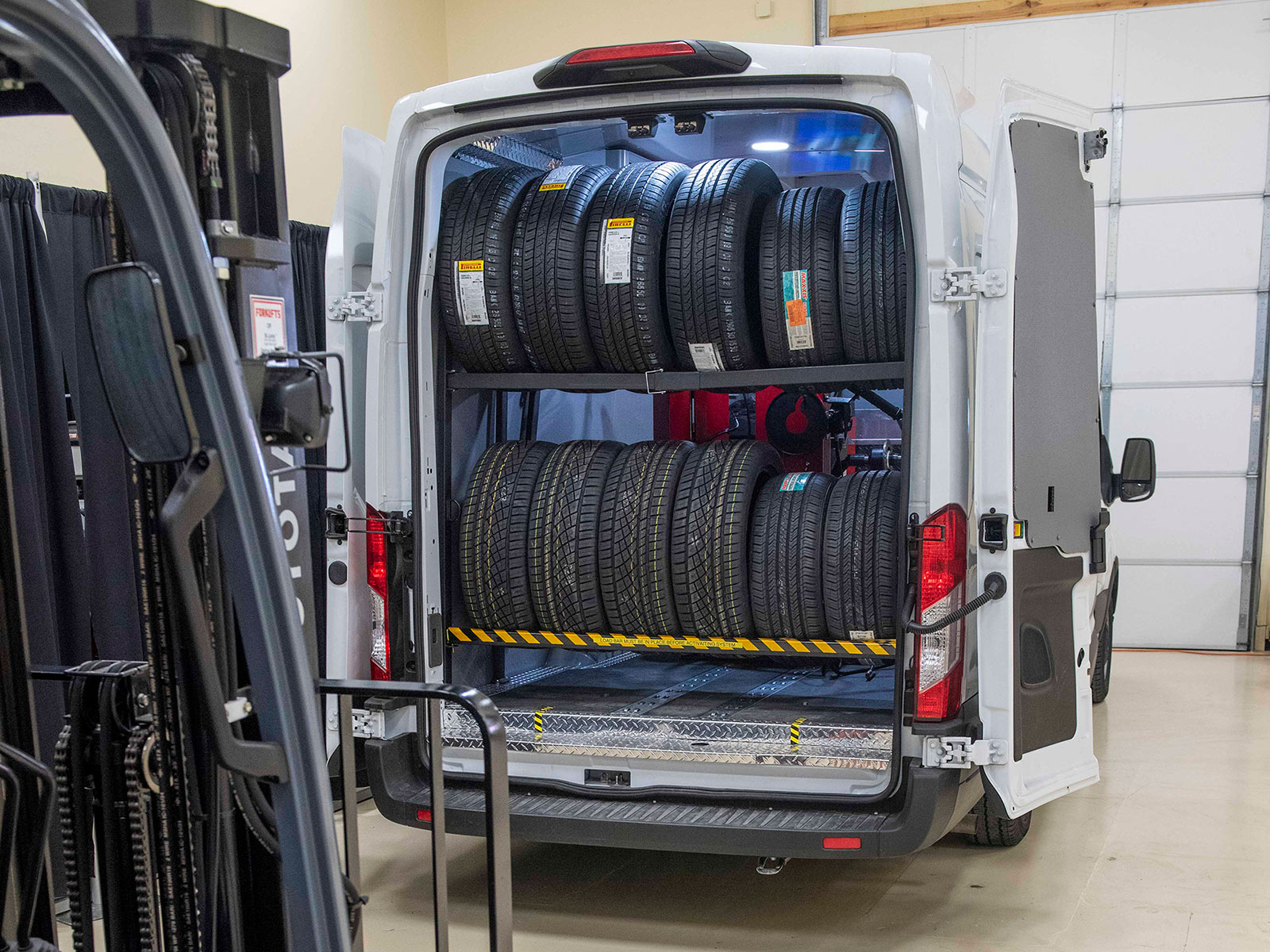Affordable Mobile Tire Replacement Las Vegas - Call Now!
Affordable Mobile Tire Replacement Las Vegas - Call Now!
Blog Article
Tire Solution: Proven Techniques for Optimal Tire Maintenance and Treatment
From guaranteeing correct tire stress to normal rotation and positioning, there are tested methods that can substantially expand the life-span of your tires and boost general driving experience. Let's dig right into the globe of tire service and discover the secrets to keeping your tires in excellent form for the long haul - Mobile Tire Change Las Vegas.
Importance of Tire Stress
Correct tire stress is an essential factor in making sure optimal vehicle performance and safety on the roadway. Preserving the suggested tire pressure degrees given by the maker uses many benefits. First of all, adequate tire pressure advertises far better fuel efficiency, as under-inflated tires can lead to increased rolling resistance, causing the engine to function harder and eat more gas. Second of all, right tire pressure makes sure even tread wear, enhancing tire durability and saving money over time by delaying the demand for premature substitutes. Additionally, appropriately blew up tires contribute to boosted handling and braking capabilities, vital for secure driving in different road conditions. Over-inflated tires, on the other hand, can result in decreased grip and a harsher adventure. Alternatively, under-inflated tires are susceptible to overheating, which can result in mishaps and blowouts. Consistently examining and adjusting tire stress, particularly eventually trips, is a simple yet reliable way to enhance vehicle performance, expand tire life expectancy, and focus on safety and security on the road.
Tire Rotation Standards
When thinking about tire turning standards, it is necessary to understand the significance of this maintenance task in making best use of tire life-span and maintaining ideal car performance. Tire rotation entails transforming the position of each tire on a car to guarantee also tread wear. Front tires often tend to put on faster than back tires because of guiding pressures, making normal turning vital for balanced wear patterns. The recommended turning pattern varies depending upon whether a car is front-wheel, rear-wheel, all-wheel, or four-wheel drive. Generally, tires must be turned every 5,000 to 7,500 miles, or as encouraged in the car guidebook. Ignoring tire turning can result in uneven wear, affecting handling, grip, and potentially compromising vehicle safety and security. By adhering to proper rotation standards, vehicle drivers can extend the life of their tires, boost fuel effectiveness, and boost overall driving experience. Regular turning is a simple yet efficient upkeep method that contributes significantly to tire longevity and car performance.

Benefits of Wheel Positioning
Making sure appropriate wheel see page placement after tire rotation is essential for keeping well balanced wear patterns and maximizing lorry efficiency. Wheel placement refers to the change of the angles of the wheels to the manufacturer's specifications. One of the vital advantages of wheel alignment is improved handling and steering response. When the wheels are effectively straightened, it decreases steering effort, ensuring a smoother and much more regulated driving experience. Furthermore, proper wheel alignment aids to extend the life expectancy of your tires. Misaligned wheels can create irregular tire wear, resulting in premature tire substitute and raised upkeep expenses.

Tire Footstep Deepness Examine
Performing a normal examination of tire step deepness is necessary for maintaining secure driving conditions and extending the life expectancy of your tires. The step on your tires plays a crucial function in giving traction, particularly in slippery or wet problems. To examine your tire tread depth, you can make use of a walk deepness gauge or the cent examination. The recommended step depth is at the very least 2/32 of an inch. If the step deepness is listed below this limit, it is time to change your tires to guarantee optimal performance and safety when driving. Uneven walk wear can suggest problems with tire alignment, pressure, or suspension, highlighting the relevance of regular step deepness checks. Overlooking to monitor and keep proper step deepness can bring about reduced grasp, longer stopping distances, and a boosted danger of hydroplaning. By incorporating tire step deepness checks into your regular maintenance schedule, you can drive with self-confidence knowing that additional info your tires remain in leading condition.
Seasonal Tire Inspection
Seasonal tire assessment is an essential facet of tire upkeep that ensures tires are all set to face the obstacles postured by different climate conditions. In preparation for winter months, it is crucial to inspect the tire stress frequently as cold temperature levels can create tire stress to go down. By performing regular seasonal tire examinations, chauffeurs can extend tire life-span, boost fuel effectiveness, and most significantly, guarantee a protected driving experience in differing weather condition problems.
Final Thought
To conclude, maintaining proper tire useful site stress, revolving tires regularly, straightening wheels appropriately, monitoring walk deepness, and carrying out seasonal evaluations are necessary practices for ideal tire treatment. By complying with these shown approaches, motorists can ensure their tires last much longer, do better, and add to overall car safety and security. It is very important to prioritize tire maintenance to stop crashes, enhance fuel efficiency, and prolong the life-span of tires.
Sufficient tire pressure promotes much better fuel efficiency, as under-inflated tires can lead to enhanced rolling resistance, creating the engine to work more difficult and take in more fuel.When taking into consideration tire rotation guidelines, it is important to comprehend the value of this maintenance job in optimizing tire life-span and keeping optimum automobile performance. Seasonal tire evaluation is a basic element of tire upkeep that makes certain tires are ready to face the difficulties postured by different weather conditions. By conducting routine seasonal tire examinations, chauffeurs can extend tire life-span, boost gas efficiency, and most significantly, make sure a safe and secure driving experience in varying weather conditions.
In conclusion, preserving proper tire stress, rotating tires on a regular basis, aligning wheels properly, keeping track of walk depth, and conducting seasonal inspections are crucial techniques for optimal tire care.
Report this page